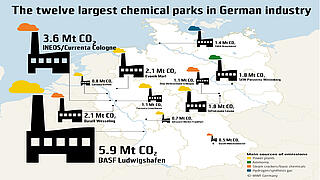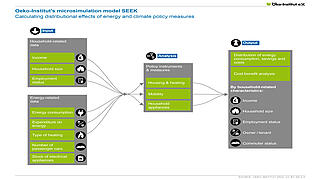The energy transition is well under way: with the more stringent provisions of the amended Federal Climate Change Act, the German government’s goal is for Germany to achieve greenhouse gas neutrality by 2045. The climate targets for 2030 include reducing climate-damaging emissions by 65% by 2030 compared with 1990 levels. Expanding renewable energies and boosting energy efficiency are key levers for more and faster climate change mitigation.
However, on its path to greenhouse gas neutrality, Germany faces a number of challenges, not least in relation to the coal and gas phase-outs and carbon emissions reductions in the heating and mobility sectors. Here, the targets for 2030 are unlikely to be achieved without more ambitious measures. So what are the causes of the emissions gap and how can it be closed? The Oeko-Institut points the way in many of its research studies.
The focus is on developing effective policy instruments, such as measures to improve EU emissions trading and more ambitious carbon pricing, and on modelling scenarios for the use of carbon-neutral hydrogen. The Oeko-Institut also supports governments’ efforts to analyse and depict various aspects of the negotiations at the international climate conferences.






















